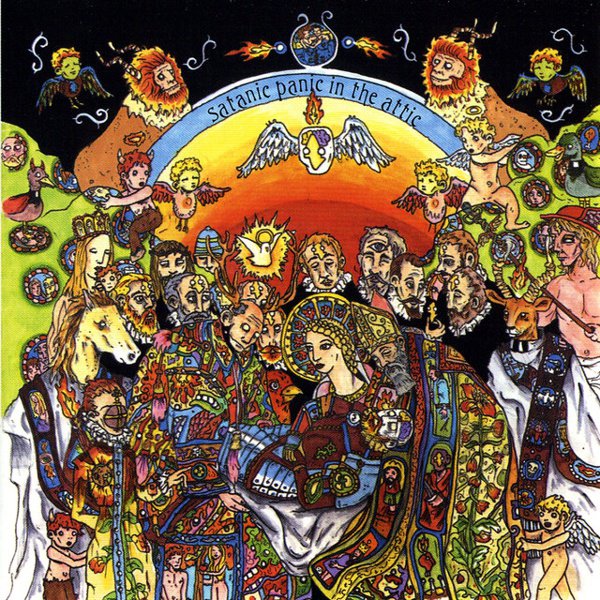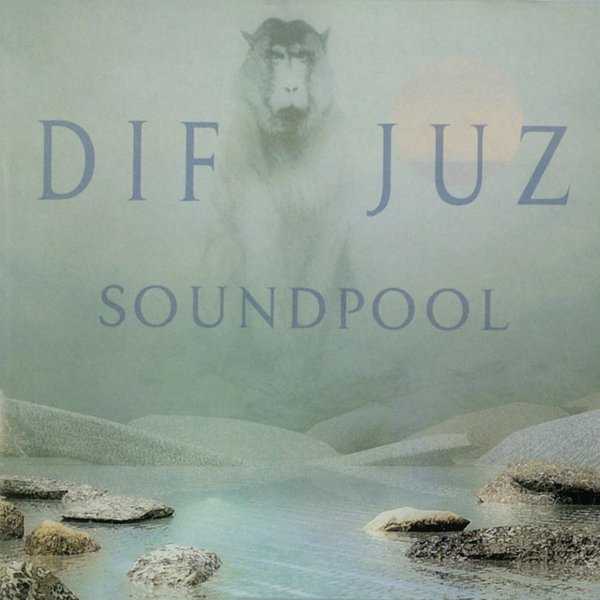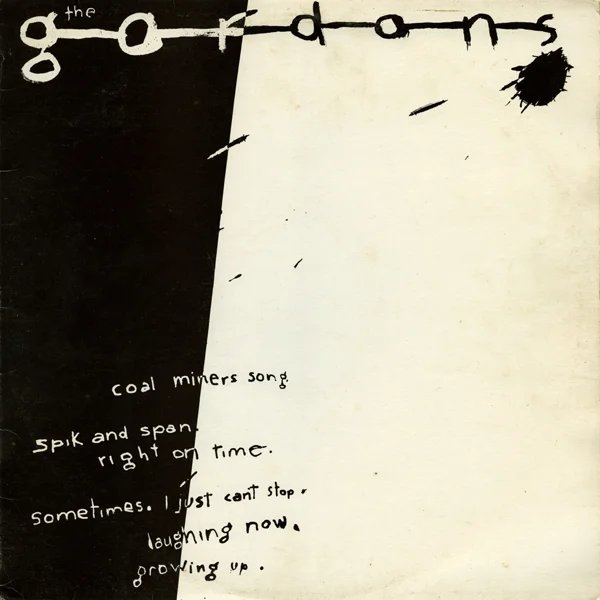
Recommended by
Kaleidoscope
You are indeed crazy for this one, gang. Why was post-punk a useful moment? Because you could actually turn your band inside out and nobody would look at you funny. Guitarist John McGeoch busts out of McKay’s shadow here with a shower of acoustic guitars on “Christine,” which is their most melodic single at this point. But there isn’t some kind of pop-friendly program afoot. Much of the album is restrained, almost spindly. “Tenant”? Spooky dub rock! “Happy House”? A hit, for sure, and the beginning of something that gives the idea of goth some psychological heft. They began to be actually, viscerally terrifying when they needed to be.
Siouxsie and the Banshees already had established a name by the time of their third album, but following a famed tour bust-up Siouxsie herself as well as Steve Severin needed to find some replacements. Steve Jones and future regular John McGeoch split guitar duties but it was the recruiting of Budgie on drums that was the ace in the hole, giving the band a new complex fluidity on striking dark art-pop singles like “Happy House” and “Christine” as well as deeper cuts like “Paradise Place” and “Red Light.”












